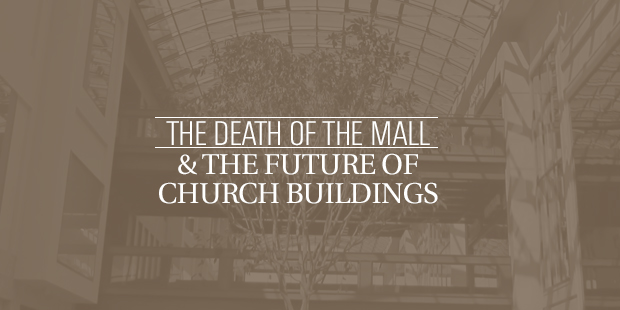
The Real Competition for Your Church
One of the biggest dangers that any church faces when trying to reach people who are far from God is comparing itself to other churches.
How good your preaching is compared to them.
How good your worship experiences are compared to them.
How good your videos are compared to them.
This is dangerous. But probably not for the reasons you’re thinking. Yes, the dangers of jealousy and competition are there. But that’s not what I’m talking about.
It’s dangerous because if you want to reach other people for Christ, your competition isn’t other churches. It isn’t a matter of if you have better music than other churches. Better videos than other churches. Even better community than other churches. That’s not your standard of comparison.
Why? Because none of the people you’re trying to reach are going to those churches. When a lost person walks out your doors, their first thought probably isn’t going to be “man, that was better than that other church.” They haven’t been to that other church. Or possibly any church.
The point of comparison for lost people are things that lost people see. That lost people listen to. That lost people experience.
That’s your real competition. So for example, when we decorate for Christmas, I don’t want it to be as good or better than other churches in town. I want it to be as good or better than anything they’d see at the best mall in town. Because that is what every person who has never stepped foot inside of a church before is consciously or unconsciously comparing us to.
Now we do have something that is incomparable and unbeatable: Jesus Christ. I’m not saying we have to make Him look better because He’s not up to the job. And obviously the movement of the Holy Spirit is not dependent on how we measure up to the outside world.
However, we do have to communicate Jesus through certain mediums. I believe these mediums should actually live up to the message and person they’re communicating. And be something that people can relate to. So all of them have to be at their best.
Some people might think that this is shallow. And yes, it is shallow. But that’s where people are, and we have to meet them there. Or we might meet them nowhere.
I’d rather be considered shallow and be surrounded by people who have found life in Christ than be considered deep and be alone. Or surrounded only by people who knew Jesus long before they ever knew me. Lost people can’t become deep Christians until they first become Christians period.
And if part of making that happen means us raising our game and showing the world that the people of God can be just as creative and excellent in what they produce, why would we hesitate to do so?
Read more from Steven here.

Tags: Physical space, Steven Furtick, Worship























